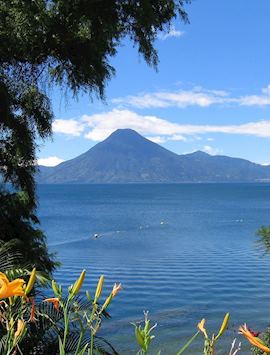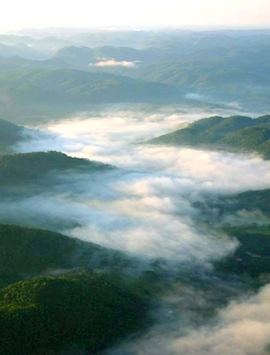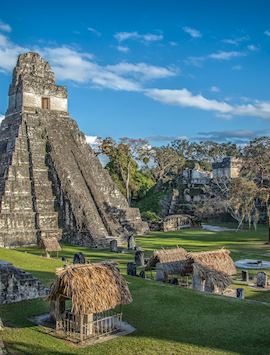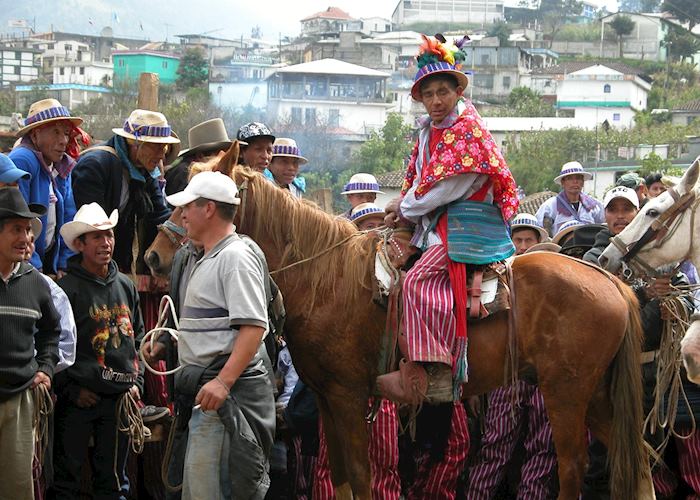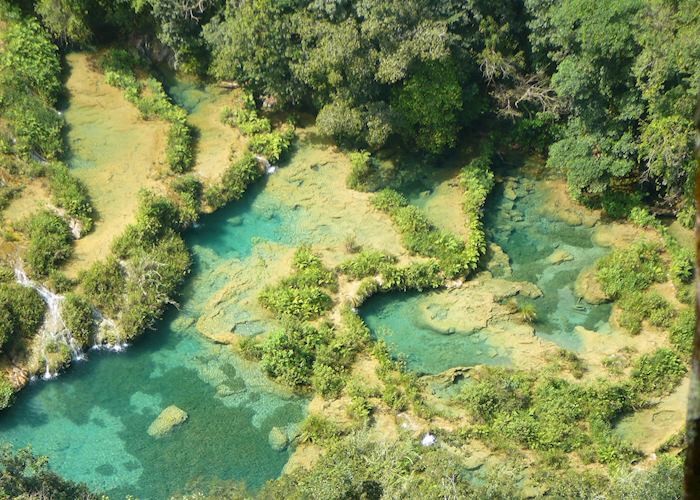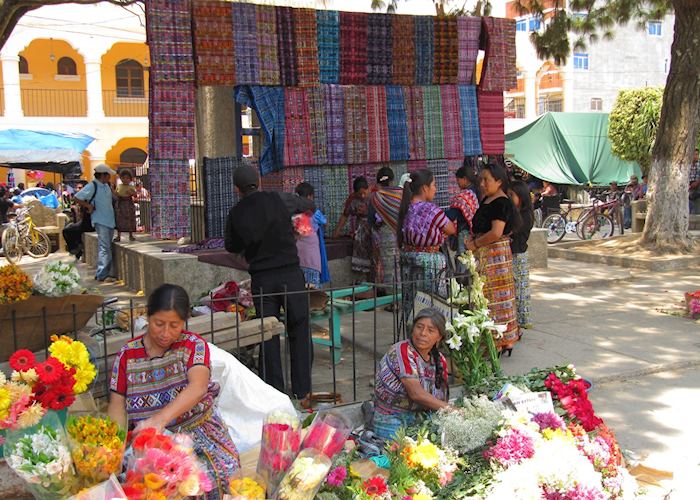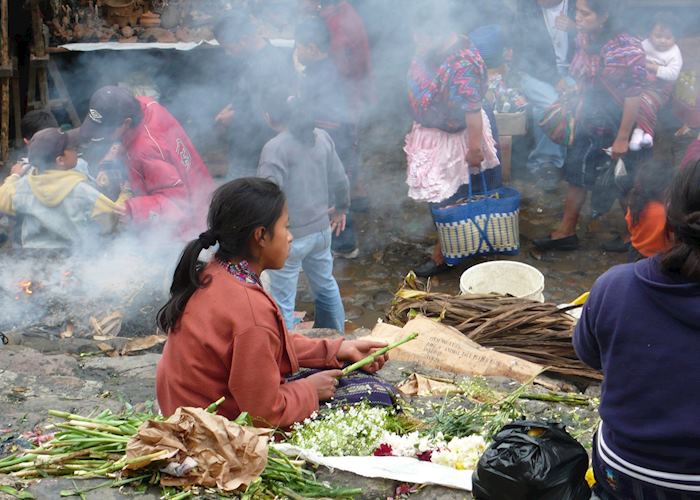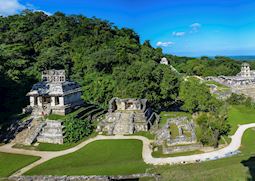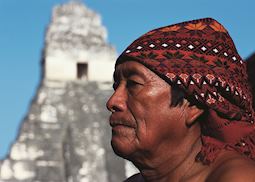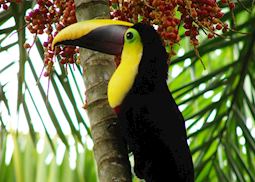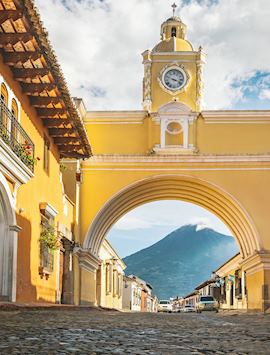
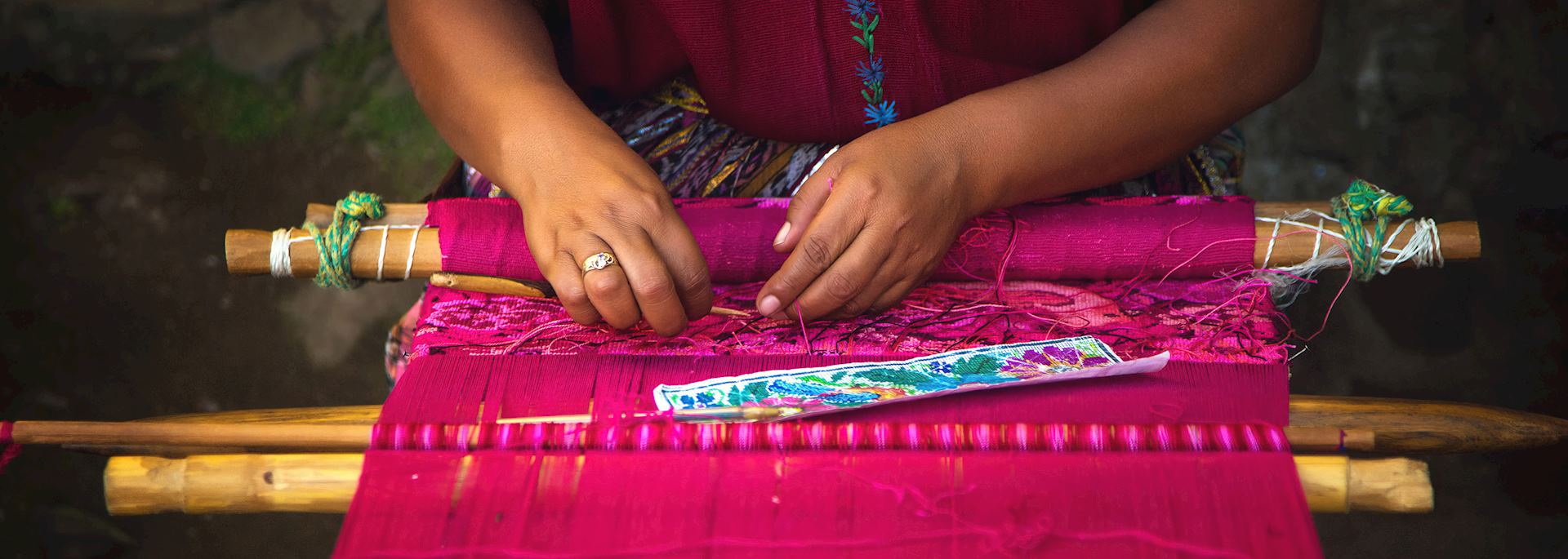
Tailor-made Guatemala holidays shaped around your passions
Holidays in Guatemala can feel more intrepid than journeys to other parts of Central America. In reality, our specialists will tell you that Guatemala is a safe, compact country to explore. Pockets of it — such as the mountain communities of the Western Highlands — have changed little in centuries. While we can suggest a tried-and-tested circuit for your Guatemala holiday, you might also like to explore less trodden destinations such as the Rio Dulce and Livingston, where Carib-influenced Garifuna culture beats to the sound of African-inspired drumming.
Weathered Maya temples rise at vertiginous angles above the jungle canopy at Tikal, in the north. To the southwest lies glassy, gaping Lake Atitlán with its backcloth of stratovolcanoes and Maya-speaking shoreline villages. And, close by is the venerable Spanish colonial city of Antigua. Our specialists will weave them all into a custom-made Guatemala trip, advising you on how to make the most of your time there.
Suggested tours for Guatemala
These tours give you a starting point for what your holiday to Guatemala could entail. Treat them as inspiration, as each trip is created uniquely for you.
Suggested activities for Guatemala
Whatever your interests, our specialists will build activities into your trip that connect to how you want to experience Guatemala.
-
Antigua textile tour ![Textile sellers on a street in Antigua, Guatemala]()
Antigua textile tour
AntiguaAntigua textile tour
In the morning, you take a guided tour around Antigua, with the focus on learning about the complex Guatemalan and Mayan textiles and folk art.
View details -
Tikal tour ![Mayan pyramid in Tikal]()
Tikal tour
Tikal & El PeténTikal tour
Tikal is most definitely the most impressive of all the Mayan sites in Central America not only for its historical remains but because it is also a haven for wildlife, making the trip to Tikal all the more enchanting.
View details -
Chicken bus, carpentry & local school excursion ![Antigua, Guatemala]()
Chicken bus, carpentry & local school excursion
AntiguaChicken bus, carpentry & local school excursion
This morning you will be met at your hotel by a local NGO representative and driven by local 'Chicken' bus to Ciudad Vieja.
View details
Why travel with Audley?
- 100% tailor-made tours
- Fully protected travel
- Established for over 25 years
- 98% of our clients would recommend us
Best time to visit
Our specialists advise on the best months to visit Guatemala, including information about climate, events and festivals.
Request our brochure
Covering all seven continents, The World Your Way shows you how you can see the world with us. It features trip ideas from our specialists alongside hand-picked stays and experiences, and introduces our approach to creating meaningful travel experiences.

Useful information for planning your holiday in Guatemala
The official language of Guatemala is Spanish, although there are also 23 Indigenous languages spoken. English is spoken only in the main visitor areas.
The currency of Guatemala is the quetzal (GTQ), which is named after Guatemala's national bird. You’ll find ATMs in larger towns and cities, and credit cards are accepted in some hotels and larger shops, although you may have to pay a surcharge to use them. Visa is more widely accepted than Mastercard.
US dollars are accepted and changed in all banks, but it’s a good idea to ask for small denomination quetzal notes because vendors and retailers in smaller towns and local markets rarely have change.
In restaurants in Guatemala, a 10% tip is usual where service is not already included in the total. As a rule, however, tipping in Guatemala isn't common or expected.
For the latest travel advice for Guatemala, including entry requirements, health information, and the safety and security situation, please refer to the Foreign, Commonwealth & Development Office website.
In Guatemala, you should try tamales (corn dough filled with meat, beans, or cheese), paches (a potato tamale), caldo de res (beef soup), and tapado (fish soup with plantain and milk). Although Guatemalan food is generally simple, with rice, beans, and tortilla everyday staples, you’ll find a variety of fresh seafood on the Caribbean coast and a good choice of restaurants in Guatemala City and Antigua.
Other traditional foods to look out for include pepian de indio (chicken stew), kak’ik (turkey soup), and hilachas (shredded beef). Hass avocados originated in Guatemala, and you’ll see them on sale in all the markets, while tostadas (deep fried tortillas topped with refried black beans, guacamole, and tomato salsa) are a popular snack food.
Guatemalan coffee is very good, especially that grown in the highlands around Antigua, while beer and rum are the most popular alcoholic drinks.
You can explore Indigenous culture and historic cities in Guatemala, hike through emerald jungle, and discover lost Maya cities. Compact but incredibly diverse, Guatemala offers nature experiences and wildlife spotting as well as a rich culture and history.
You can wander the cobbled streets of 18th-century cities, browse traditional markets for intricately woven textiles, take a boat tour on a glittering lake, kayak around quiet coves, or take a mountain bike tour and learn about responsible coffee production.
Venture into the hills to hike up Pacaya volcano or go in search of howler and spider monkeys, visit local villages, and explore local culture on a guided street food tour of Antigua, before exploring the ruins of an ancient lost city to learn about the advanced cultures that thrived here thousands of years ago.
In Guatemala, you can stay in boutique hotels set in historic buildings, family-run guesthouses, and rustic thatched bungalows. You’ll find the best choice of places to stay in the more popular destinations where you could choose to stay in an intimate hotel in the heart of Antigua’s old town, or in an elaborate villa on a hillside overlooking Lake Atitlán.
In the north of the country, close to the Maya sites, places to stay are generally simpler but often offer lakefront or jungle locations that are a highlight of a trip. For example, you could stay in a riverside lodge on a private reserve and spot howler monkeys from your deck, or a characterful casita decorated with local arts and crafts near Lake Petén Itzá.
Browse our collection of places to stay in Guatemala for more ideas.
In Guatemala, most visitors go to Antigua, Tikal, and Lake Atitlán. The country’s former capital, Antigua is an atmospheric city where the UNESCO-protected cobbled streets are lined by buildings inspired by the Italian Renaissance and set against a backdrop of volcanoes.
For ancient architectural grandeur, head to the lost city of Tikal where a series of pyramidal temples lie in the heart of the jungle. Getting out into the rainforest around Cobán and the Verapaces brings the chance to spot tropical birdlife and explore the area’s intricate cave systems with their limestone bridges and emerald pools.
More volcanic peaks ring the expansive Lake Atitlán where you can visit Maya villages and markets, or if you’d prefer to get right off the beaten track, you could visit remote Livingston in Rio Dulce to learn about Garifuna culture.
It takes around 16 hours to fly from the UK to Guatemala, via the USA or mainland Europe.
The time zone in Guatemala is UTC-6 hours. Daylight Savings Time isn’t observed.
The best way to get around Guatemala is by 4x4. The roads aren’t well maintained in places and journeys can be long and winding, so we can arrange a private 4x4 and driver.
If you’d like to combine your trip to Guatemala with a visit to Mexico, Belize, or Honduras, this is also easy to arrange with overland routes into each country.
Use our travel tool to find up-to-date visa and passport requirements for Guatemala. Enter where you’re travelling to and from (including any stopover destinations en route or flight layovers), along with your intended travel dates and passport details, for a full list of requirements.
Your doctor is best placed to give you up-to-date vaccine advice for Guatemala. You can check suggested vaccinations on the Travel Health Pro website, but you should also ensure you’re up to date with the recommended vaccinations at home.
Guatemala in pictures
Our expert guides to travelling in Guatemala
Written by our specialists from the viewpoint of their own travels, these guides will help you decide on the shape of your own trip to Guatemala. Aiming to inspire and inform, we share our recommendations for how to appreciate Guatemala at its best.
-
![My travels in Guatemala]()
My travels in Guatemala
Central America specialist Daniel captured this footage while travelling through Guatemala. He visited the beautiful Semuc Champey pools, zip-lined through jungle, climbed the Acatenango volcano and learnt about local traditions.
-
Maya and Aztec Empires in Mesoamerica ![Palenque, Mexico]()
Maya and Aztec Empires in Mesoamerica
Maya and Aztec Empires in Mesoamerica
Visit the fascinating remains and ruins of ancient civilisations, including the Aztec and Maya empires in Central America and Mexico.
Read this guide -
Festivals in Central & South America ![Virgen del Carmen festival, Cuzco]()
Festivals in Central & South America
Festivals in Central & South America
Latin America boasts many festivals, from the solemn processions of Holy Week to the raucous party of Carnival to the recreated glory of an Inca sun ritual. Let our specialists suggest where to go to discover these vibrant cultural events.
Read this guide -
The Maya civilisation ![Tikal, Guatemala]()
The Maya civilisation
The Maya civilisation
Discover the culture and history of a country on a tailor-made trip, with visits to explore famous sites and others not quite so well known but equally impressive.
Read this guide
Other popular destinations
Still looking for ideas? If Guatemala has captured your interest, we think you might also like these destinations.


